In general, Japanese literature has some outstanding features. Written literature appeared quite early, asserting its personality in poetry in the 8th century, and in novels in the 9th century.
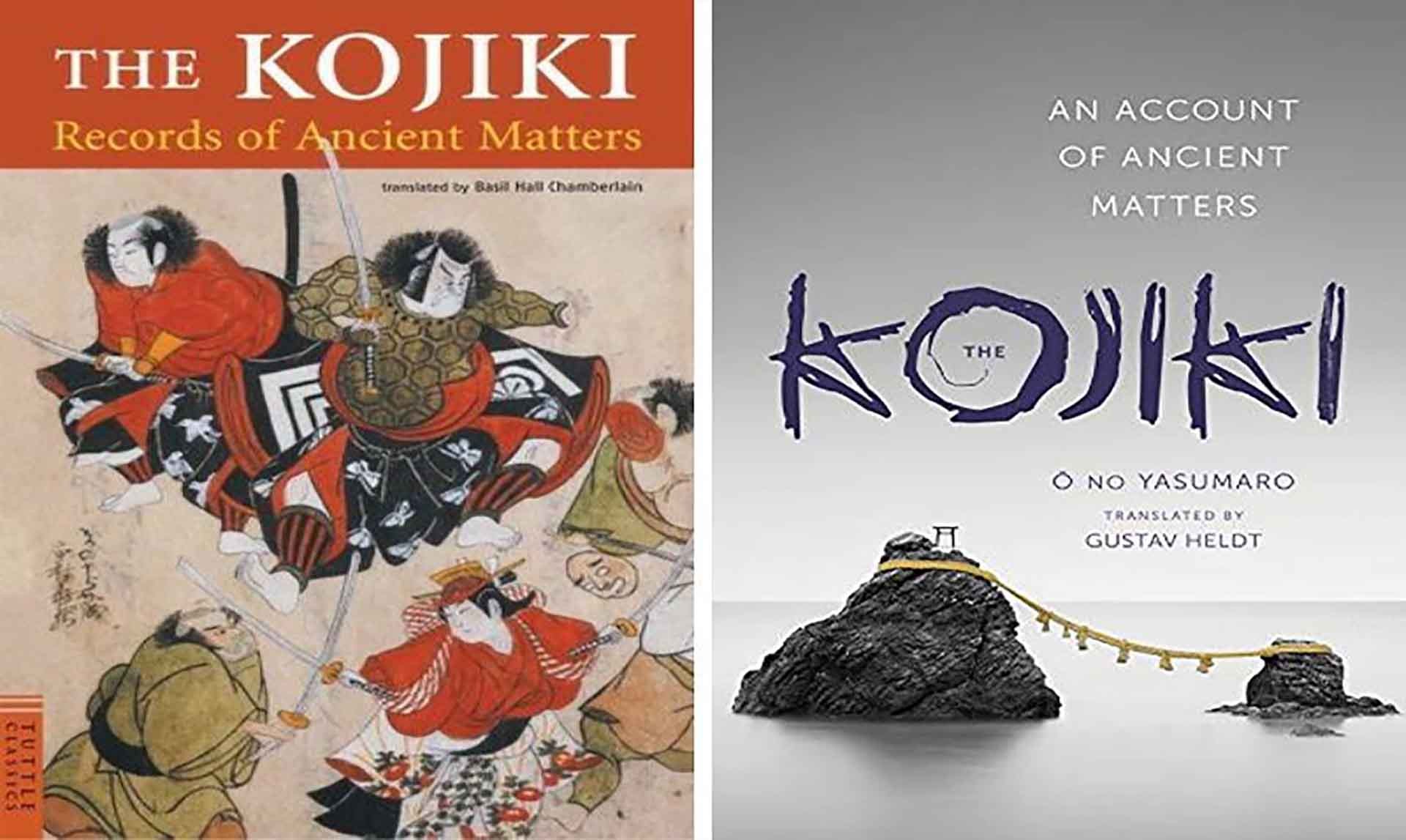 |
| Two of the many English editions of the Kojiki. |
As in other fields, Japanese literature borrowed from foreign countries (Chinese influence from the beginning, including writing; Western influence of ideas and genres); but after absorbing, it created unique products bearing the national mark.
Japanese literature is a diverse canvas, encompassing some of the world's longest novels, some of the world's shortest poems, and quietly suggestive plays alongside extremely lengthy ones.
In terms of content, four trends can be distinguished that reflect the political and social evolution of Japan: First, literature of the aristocratic and royal nature in the 12th century; Second, epic literature during the centuries of feudal war (until the end of the 16th century); Third, literature of the urban and folk nature after the Tokugawa shogunate restored peace ; and Fourth, modernized literature in the Meiji period.
Literature of aristocratic and royal character
By the end of the eighth century, very few works had survived. The two most famous works of the time were the Kojiki by Ō no Yasumaro (Records of Ancient Matters - a prose collection of ancient stories, a collection of myths about the origin of Japan and its gods) and the Manyoushu by Ōtomo no Yakamochi (Collection of Poetry of Ten Thousand Leaves) .
By the time the imperial capital moved to Heian (8th-12th century), Japanese literature had developed brilliantly, which can be considered the golden age of Japanese literature. A typical example of this period was the creation of a script to transcribe the Japanese language from Chinese characters (in the style of Vietnamese Nom script, but based on a different principle). Confucian scholars and monks relied on Chinese characters to come up with simpler writing called Kana. Kana was gradually perfected, popularized and paved the way for a purely national style of literature, different from the Chinese style.
The Heian period was a time of peace and happiness. Literature reflected the pleasures of the court of the aristocracy in an aesthetic and hedonistic society, passionate love affairs, elegant pastimes such as music, chess, poetry, painting, excursions... The great works, most of the novels, poems, diaries were written by female writers, so this period is also called the period of female writers, although not rich in themes and styles. The Tanka poetry form of this period later became classic, and many modern poets still use it. Prose novels appeared such as The Tale of Genji (Genji Monogatari) by Murasaki Shikibu, which is ranked as one of the four or five best novels of world literature, which according to the Nobel Prize-winning writer Kawabata Yasunari (1899-1972): "That work is the pinnacle of Japanese literature, to this day, no other work of fiction can compare". The diary and essay genre (similar to Vietnam's Vũ trung tư b) is famous for the collection Makura No Soshi (Bedside Stories) by Sei Shōnagon, which still retains its fresh charm today.
Literature of the martial arts era
By the 12th-14th centuries, the period when the Shoguns overpowered the Emperor and established their lord's palace in Kamamura (lasting about 150 years, from 1185 to 1333) was the beginning of the feudal period with continuous wars between the Shogun families holding power. With the emergence of the warrior class, the ladder of spiritual values shifted from art and pleasure to the spirit of martial masculinity and asceticism.
The “war” period emphasized martial arts novels in which warriors became the main characters instead of royal princes and nobles. Typical in this period are the Heike Monogatari (The Tale of the Heike Clan), which tells the story of the power struggle between the Heike (or Taira) and Minamoto clans, and the emergence of the samurai class; the Shin Kokinshu poetry collection (or Shin Kokin Wakashu, Shin Kokin - New Ancient and Modern Collection), which is a collection of ancient and modern poems by many authors, expressing the suffering of the tragic fate of people in war, more profound than the worldly sadness of the Heian period.
The Muromachi Shogunate (second half of the 14th century to the 16th century) continued to be a period of war and turmoil. At the same time, trade and cities developed, urban classes were formed, and relations with the West gradually opened, especially in the late 16th century. A popular literary theme during this period and throughout the Middle Ages was “separation”. An immortal essay, Tsurezuregusa (Leisure or Leisure Harvest) by the monk Urabe Kenko, consists of 243 separate paragraphs, ranging in length from a few lines to 3-4 pages. Themes such as death and impermanence, the beauty of nature, as well as some humorous stories, greatly influenced Japanese aesthetic literature and lifestyle over the next 600 years.
(To be continued)
Source






![[Photo] Binh Trieu 1 Bridge has been completed, raised by 1.1m, and will open to traffic at the end of November.](https://vphoto.vietnam.vn/thumb/1200x675/vietnam/resource/IMAGE/2025/10/2/a6549e2a3b5848a1ba76a1ded6141fae)

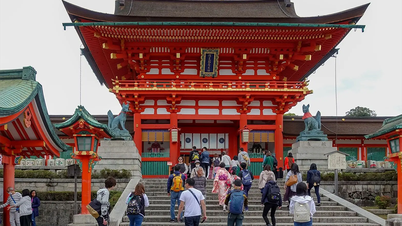

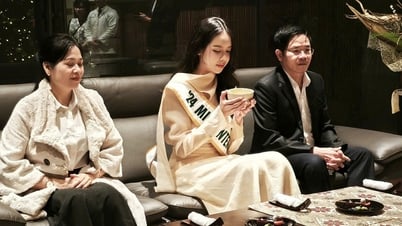

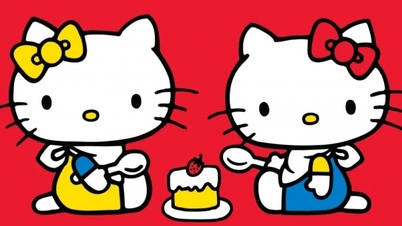
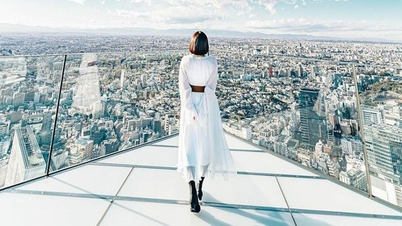
![Strolling in the American Literature Garden [Part 19]](https://vphoto.vietnam.vn/thumb/402x226/vietnam/resource/IMAGE/2025/1/19/282450858d7345568984c556f7bb952d)
![Strolling in the American Literature Garden [Part 17]](https://vphoto.vietnam.vn/thumb/402x226/vietnam/resource/IMAGE/2025/1/20/d66f4bb035b24a638d3710594d9d915f)
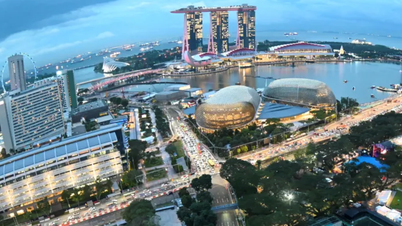

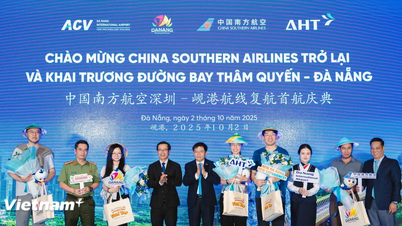



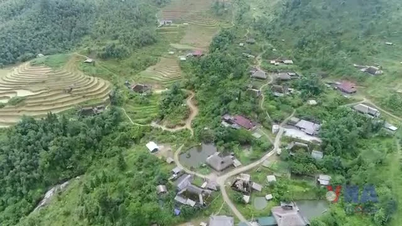
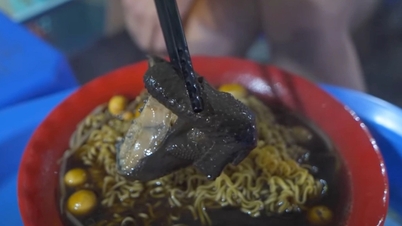
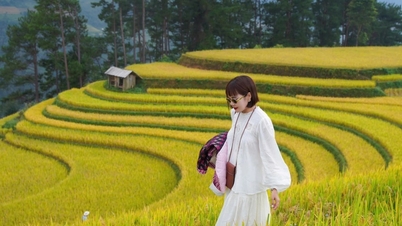




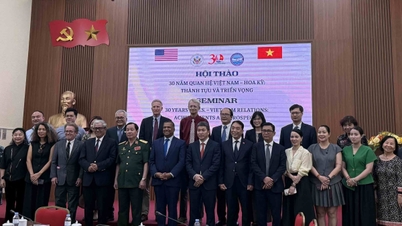
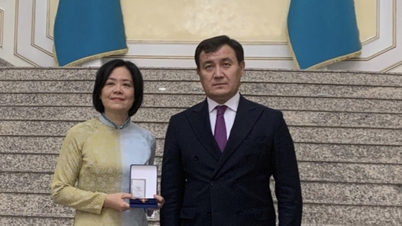
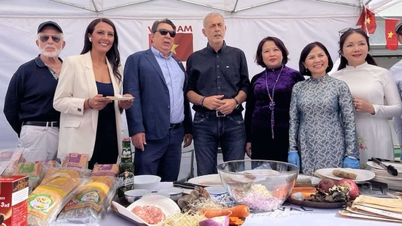

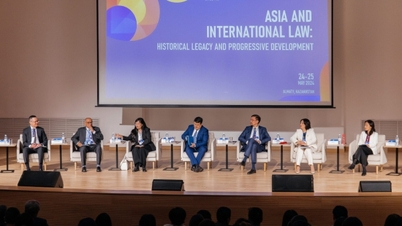
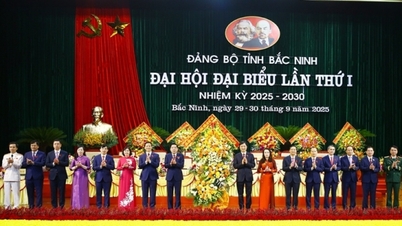





























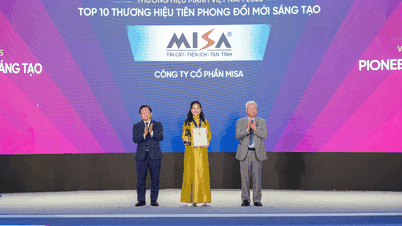




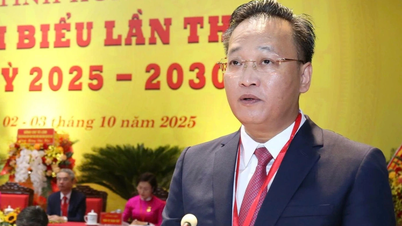



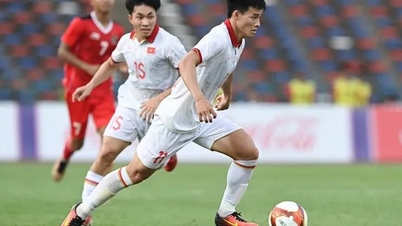
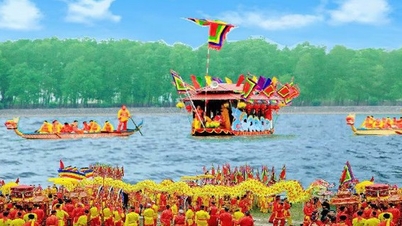
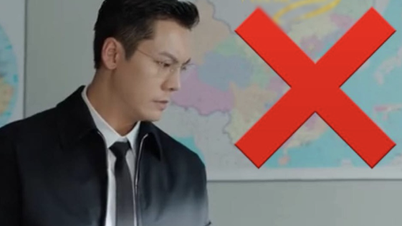
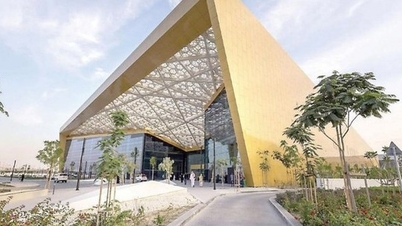
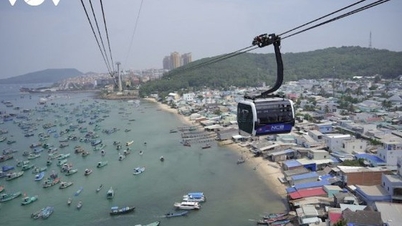
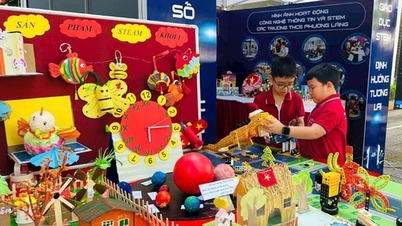

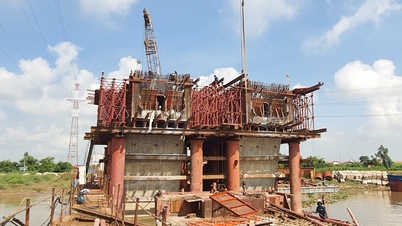

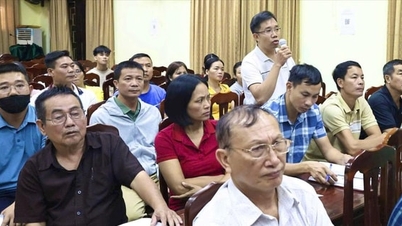


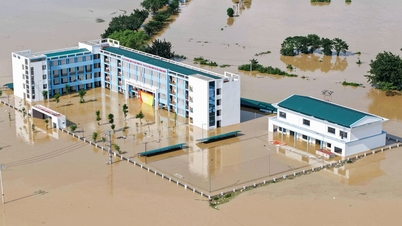
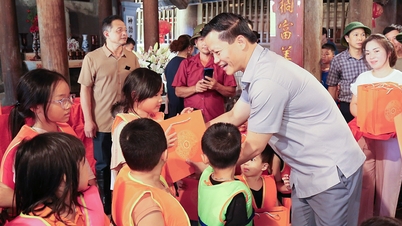












Comment (0)